Visualization
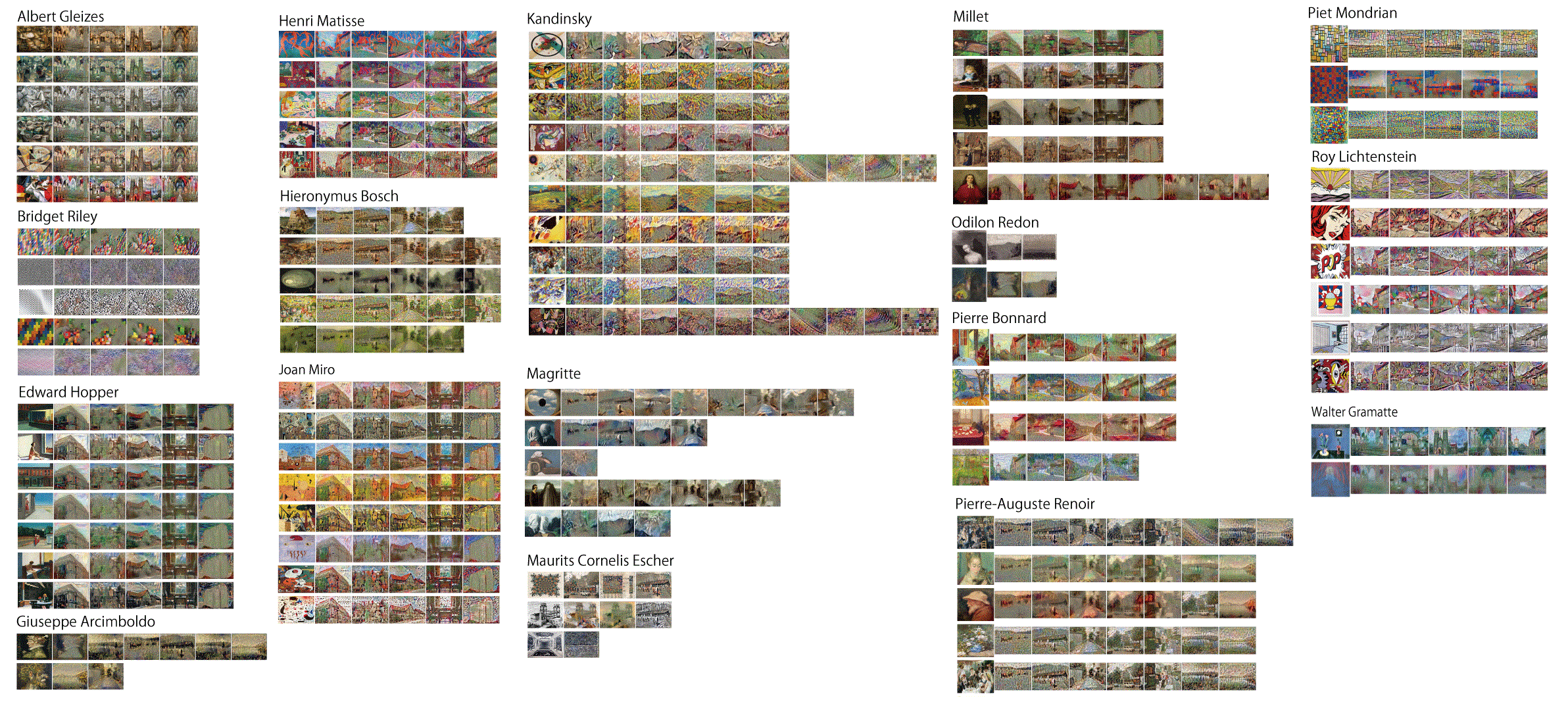
Abstract
Neural Style Transfer, which is a machine learning optimization technique, is designed to generate images based on a particular painting style by analyzing numerous images to extract an artist’s style characteristics.More specifically, generated images are processed through a data archive in order to systematically apply the visual characteristics and styles of famous painters and thus generate new images that reflect those styles. In this study, based on our role as user experience (UX) designers, we attempt to ascertain the effectiveness of such style additions in order to create an advanced archive within which users can apply a variety of artists’ styles to different contents and thus generate unique images. This “artwork as visualization” process arranges generated images for each artwork based on different artists’ styles, thus allowing archive users to experience images that evoke the artistic feeling that is most suited to their intentions.
Problem(HMW)
How might we most efficiently present images generated by Neural Style Transfer without causing confusion?
The following problems were considered:
1 Numerous images generated by Neural Style Transfer can confuse us because they incorporate vast amounts of image styles and contents.
2 The generation process takes a long time to complete.
3 It is difficult for us to recognize painting styles by analyzing numerous images to extract an artist’s style characteristics.
Methodology
In order to solve the abovementioned problems, we discuss how to arrange the generated images and image styles based on how we can most easily recognize which generated images have similarities or style trends.
The following steps were examined to identify good arrangements:
1 We create new images generated by Neural Style Transfer by selecting one image style and one content image,
2 We arrange the image style and newly generated images appropriately, and
3 We consider and create the most visually appealing arrangements of generated images and image styles.

Finding
We examined several arrangements to identify the most visually appealing image style and generated image combinations. The above image shows a sample visualization created by the arrangement of randomly selected generated images. In this case, many of the generated images are confusing because large volumes of contents are arranged randomly.
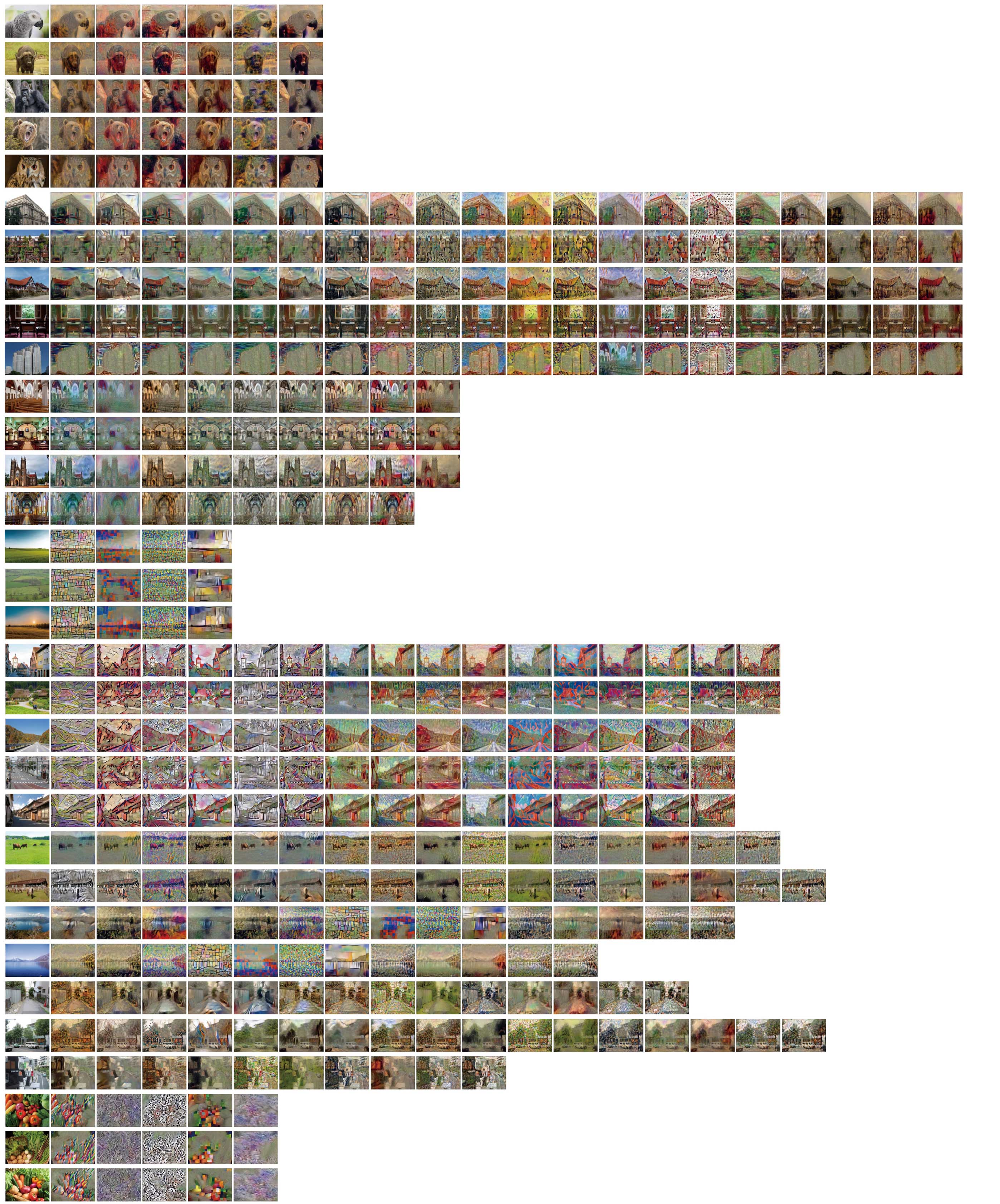
The left figure shows a prototype visualization based on contents.Here, the systematic presentation of both contents-based and style image-based visualizations make it possible for us to more easily recognize and identify the similarities and tendencies of the generated images.
Challenge
How might we more efficiently present images generated by the Neural Style Transfer to avoid confusion? The following steps were examined as part of efforts to arrange generated images for each painter to facilitate visualization.
1 Arrange the paintings of the artist who will provide the image style in order from the top.
2 Arrange the image style and the generated images.
Repeat steps 1 to 2 in alphabetical order for each painter The pictures show low-fidelity sketches based on HMW.
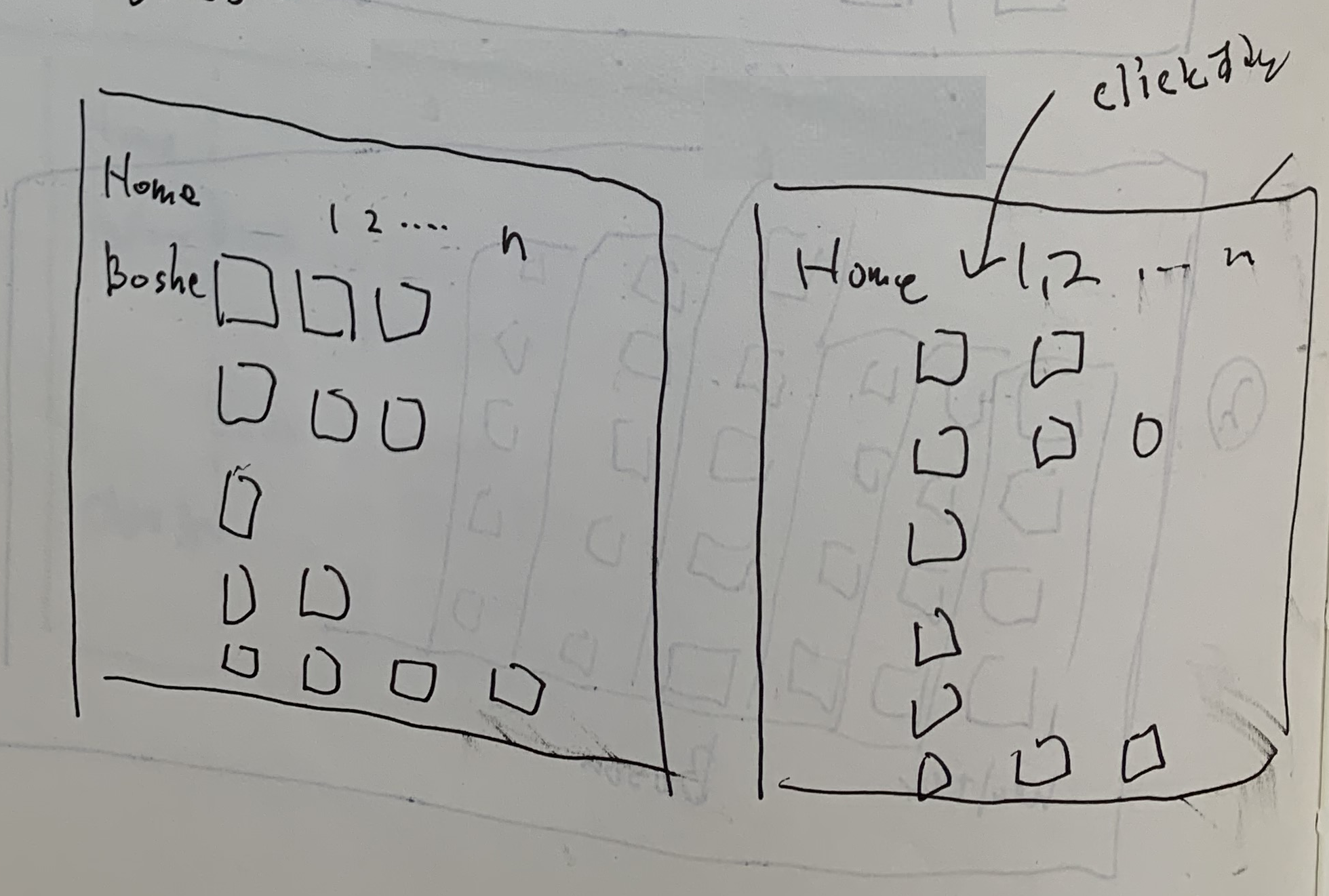
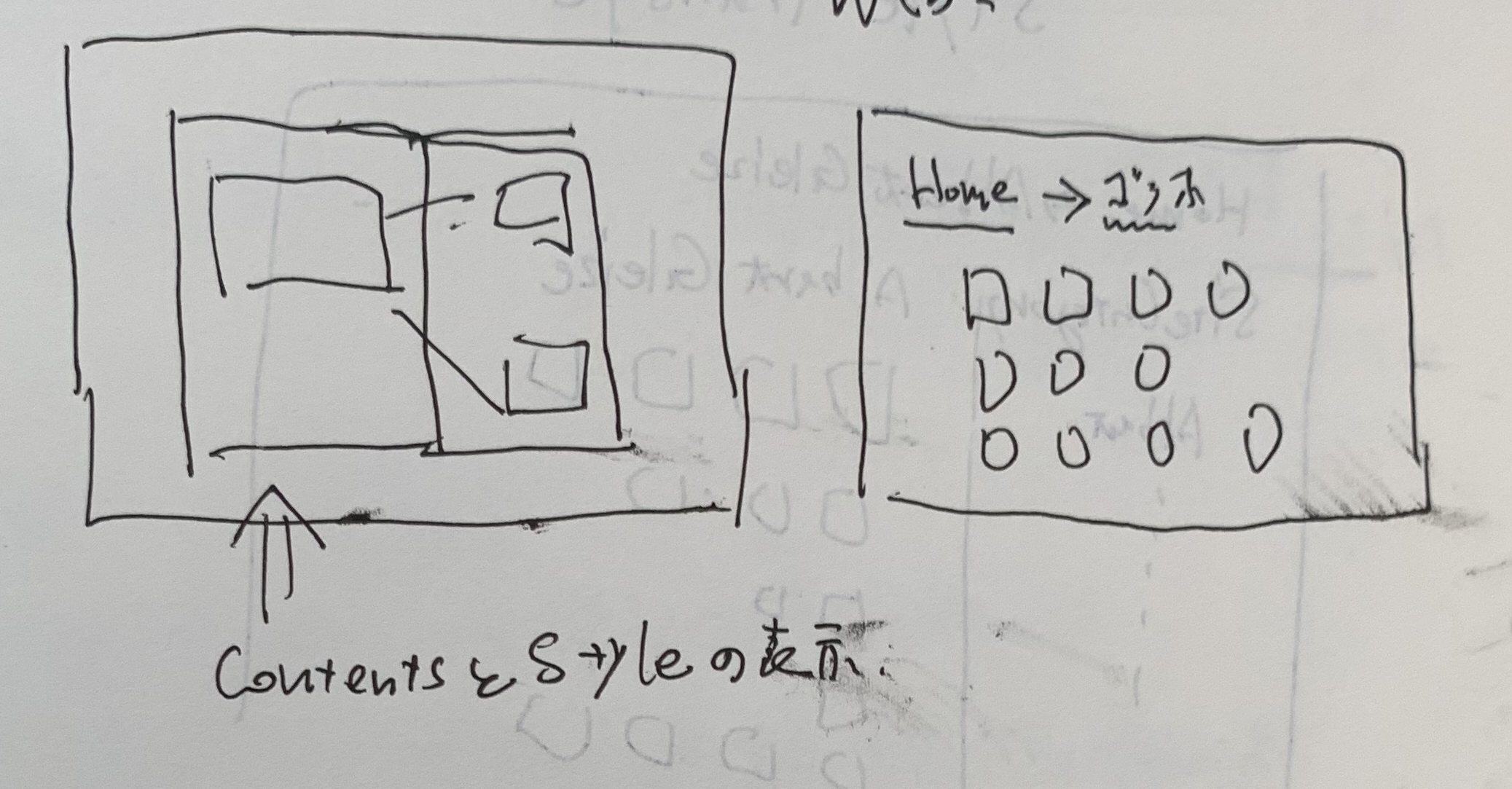
Pictures
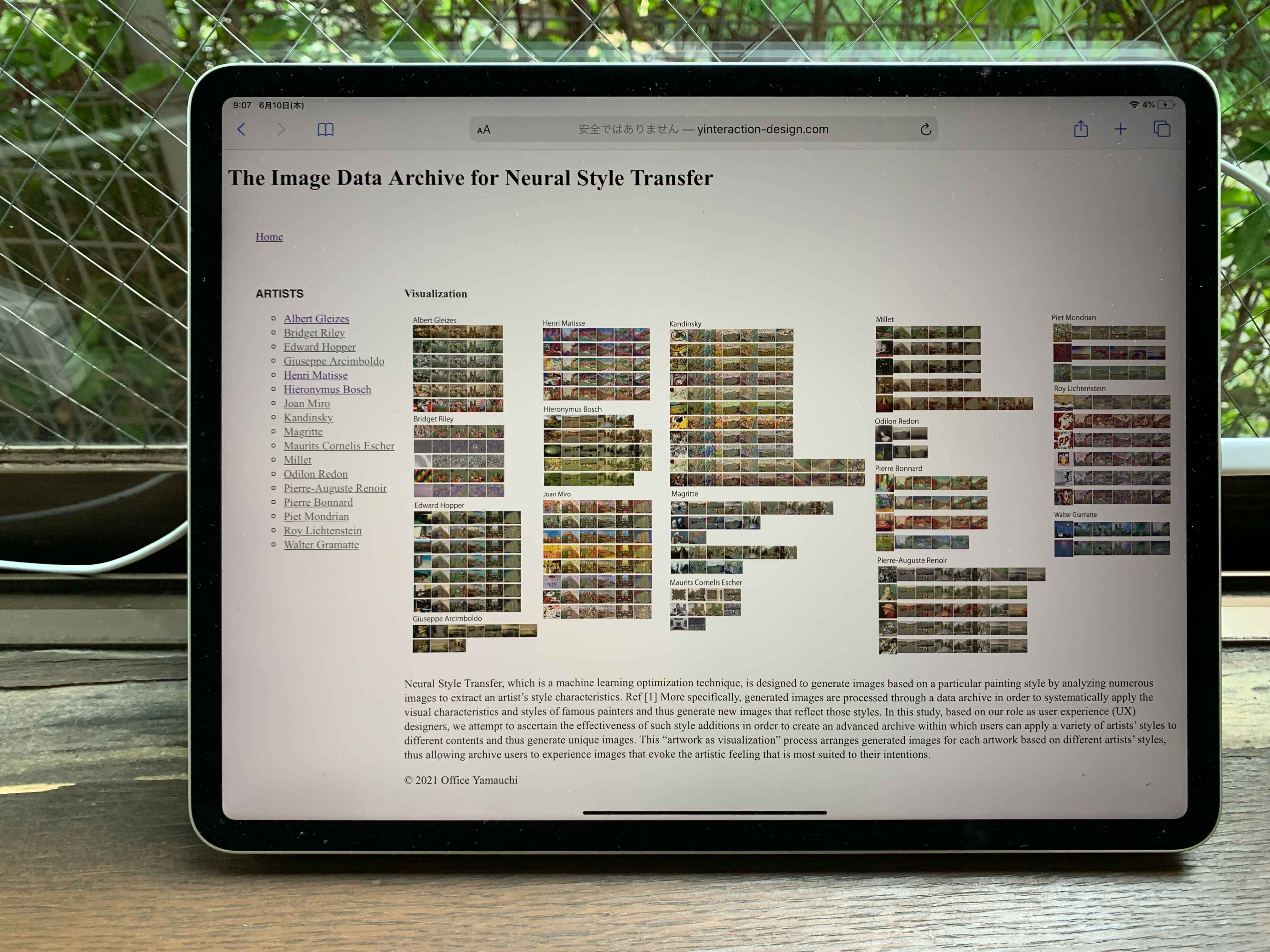
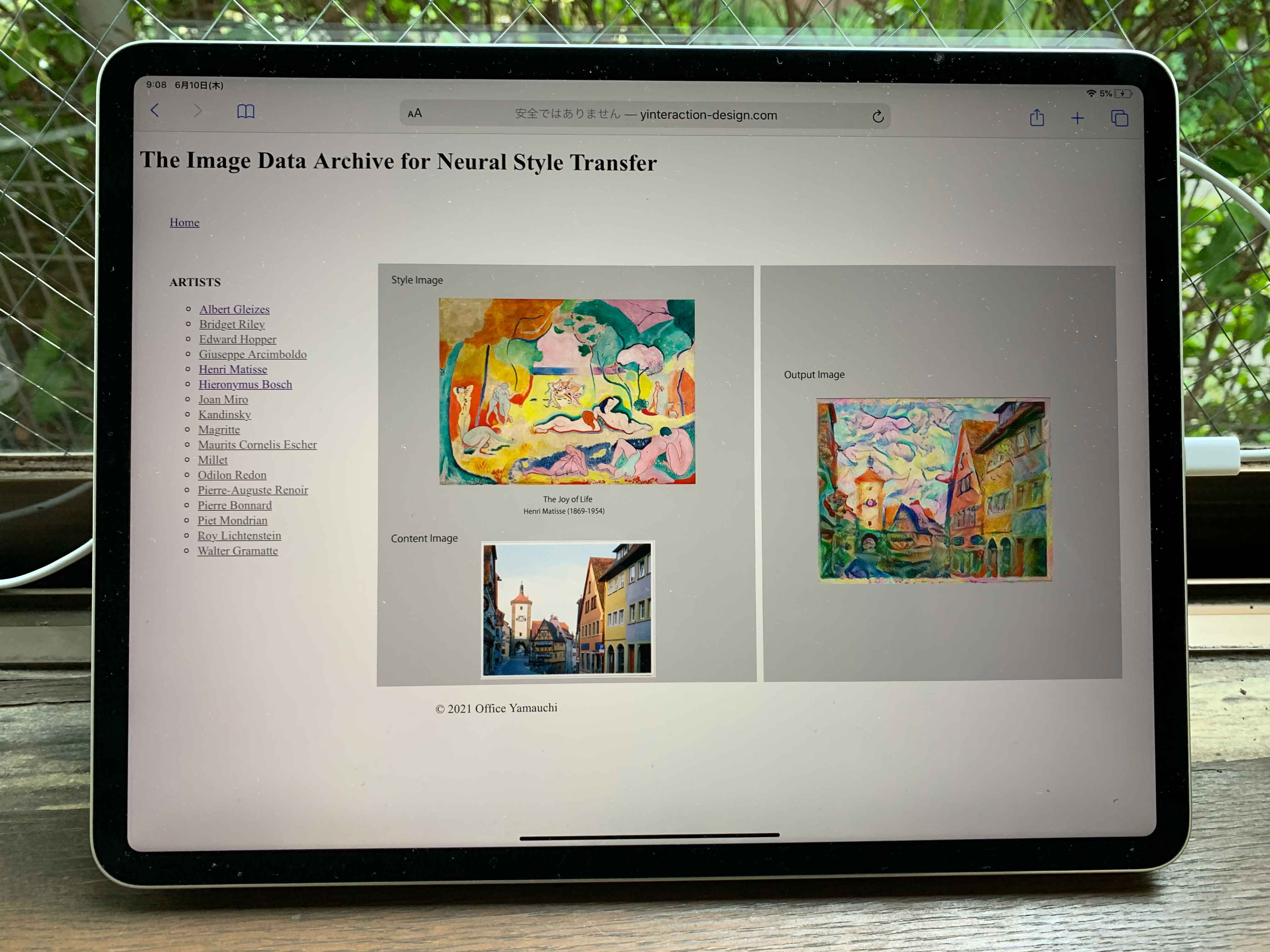
Reference
Neural Style Transfer with tf.keras
https://www.tensorflow.org/tutorials/generative/style_transfer